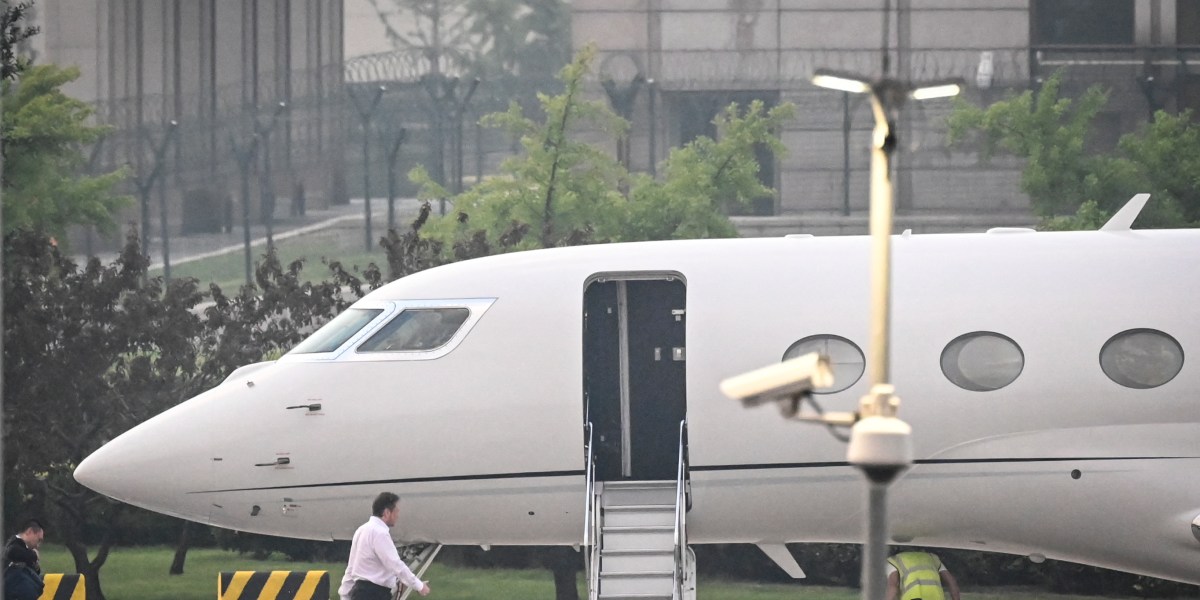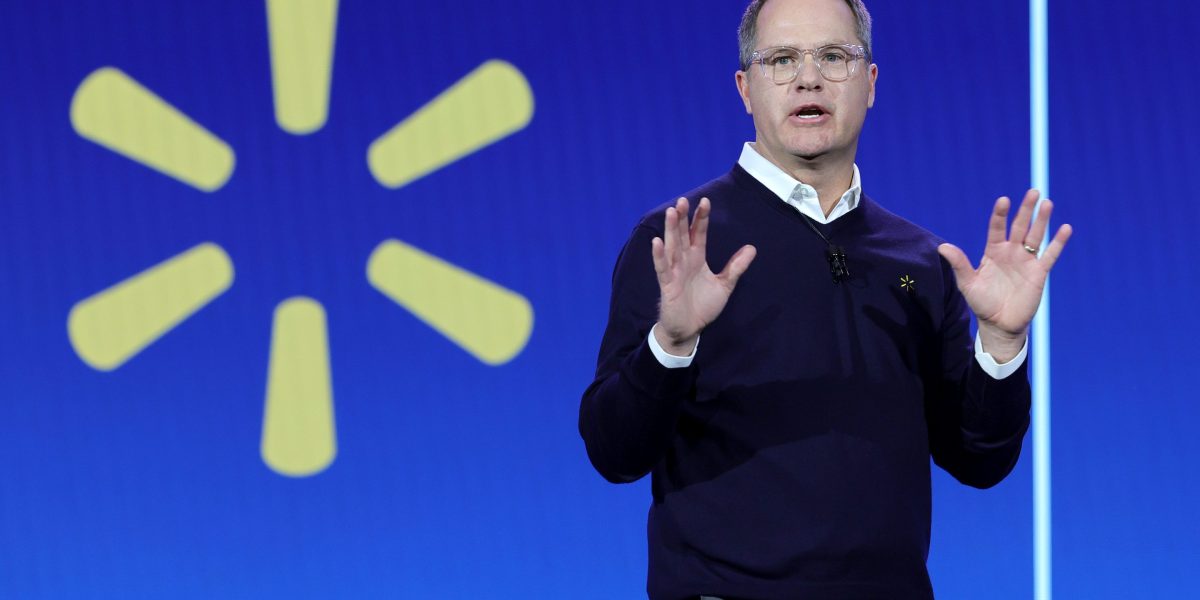Artificial Intelligence is transforming industries, automating tasks that once required human labor. The World Economic Forum’s Future of Jobs Report 2025 projects that by 2030, AI will create 170 million new jobs while displacing 92 million, resulting in a net gain of 78 million jobs.
At first glance, these numbers seem reassuring. But the real issue isn’t the total number of jobs—it’s the timing. AI is poised to eliminate jobs far faster than new roles emerge, and that lag could drive waves of unemployment before the labor market stabilizes.
The reason lies in how work is structured. Today, in many industries, AI is automating human tasks within the current system of work. New jobs will only materialize once businesses rethink and reorganize work themselves—a process that generally lags due to structural friction, organizational inertia, and skill shortages. As a result, millions of workers could face prolonged periods of joblessness while organizations work to adapt.
How long this transition takes will depend on two critical factors: how quickly organizations restructure work for an AI-driven economy and whether workers have the skills to step into the roles that eventually emerge. Right now, neither is happening fast enough. This needs to be a wake-up call to prevent massive skill gaps and resulting unemployment.
The fast speed of change in AI replacing tasks
Automation replacing jobs is nothing new. The mechanization of agriculture, the rise of assembly lines, and the advent of computers all displaced large numbers of workers at various points in history. However, past technological shifts often allowed for gradual adaptation and the system of work changed in tandem. The industrial revolution unfolded over decades; the digital revolution gave workers time to acquire new skills. AI, by contrast, is progressing at an unprecedented speed.
The automation of cognitive tasks to AI is particularly disruptive. Unlike past waves of mechanization that primarily affected manual labor, AI is now replacing white-collar workers—customer service representatives, legal researchers, financial analysts, and even entry-level programmers. Goldman Sachs predicts that, globally, AI could expose the equivalent of 300 million full-time jobs to automation in the coming years. Some professions may not disappear entirely, but AI will reduce the need for human input, shrinking job availability.
Crucially, AI does not disrupt industries in a predictable, linear fashion. Some sectors—such as customer service and data entry—are seeing immediate and large-scale displacement. Others, such as law and health care, may experience slower, more phased automation. But when AI becomes proficient in each field, job losses can be swift.
Take the legal industry. AI-powered contract review software can process thousands of documents in seconds, reducing the need for junior lawyers. In customer service, AI chatbots are handling millions of interactions daily, eliminating the need for human agents at call centers. The retail sector has already seen mass layoffs due to self-checkout systems and warehouse automation. And with generative AI tools like ChatGPT encroaching on content creation, translation, and even marketing, few knowledge-based professions are immune.
The slow speed of change for work systems and workers’ skills
Working new technology into old work systems generally means that new technology will initially create fewer jobs than those they replace. When AI is introduced into an old work system, it simply automates existing tasks—like a call center replacing human agents with chatbots—while the structure of work remains unchanged. But real disruption happens when AI redesigns the system entirely, eliminating the need for traditional workflows. Instead of waiting for customers to call, AI-powered predictive analytics can detect and resolve issues before they arise, integrating service directly into products and eliminating the need for a call center altogether.
While new jobs will eventually emerge, such as AI trainers and user experience designers, this transformation happens far slower than job displacement, creating a painful lag where workers are left without immediate alternatives. Many of the roles that AI will create require advanced technical skills, such as data annotation, AI model supervision, human-AI collaboration management, and industry-specific digital fluency, which require specialized training and hands-on experience.
Even in tech-heavy industries, AI-driven job growth has limits. While AI may create new forms of employment, such as AI auditors and AI ethics consultants, these roles require specialized knowledge and are far fewer in number than the jobs being eliminated. Even workers with cutting-edge technical expertise today can’t afford complacency. Both IBM and the Boston Consulting Group estimate that some technical IT skills have a half-life of less than three years, meaning today’s in-demand expertise could be obsolete before the ink dries on a certification. In this environment, lifelong learning is no longer an aspirational ideal; it’s a career survival strategy.
The consequences of the transition lag
This gap between the displacement and the creation of jobs is where the real problem lies. Governments and corporations often assume that if new jobs emerge eventually, short-term unemployment can be managed. But history suggests otherwise. The rise of automobiles, for example, put blacksmiths and carriage makers out of business, but the automotive industry eventually created millions of jobs. The internet displaced thousands of print media jobs but led to a boom in digital marketing, e-commerce, and software development. These transitions, while positive in job growth, nonetheless took decades.
We predict that the prolonged mismatch between job displacement and job creation will likely lead to short-term spikes in unemployment, as many workers will struggle to transition quickly. We will also likely see growing income inequality as high-paying AI-related jobs will be concentrated among the highly educated, while lower-skilled workers face declining wages.
Periods of economic transition have always been marked by social and economic upheaval. The decline of coal mining in the United States, the outsourcing of manufacturing, and the automation of assembly lines led to waves of unemployment, regional economic collapse, and a rise in populist politics. AI could trigger similar disruption, but on a global scale and at a faster pace. The AI transition will be similar, but on an accelerated timeline. We need a wake-up call and action if we are to prevent the potential consequences of this transition.
The opinions expressed in Fortune.com commentary pieces are solely the views of their authors and do not necessarily reflect the opinions and beliefs of Fortune.
Read more:
This story was originally featured on Fortune.com
Source link

 Entertainment8 years ago
Entertainment8 years ago
 Politics8 years ago
Politics8 years ago
 Entertainment8 years ago
Entertainment8 years ago
 Entertainment8 years ago
Entertainment8 years ago
 Tech8 years ago
Tech8 years ago
 Tech8 years ago
Tech8 years ago
 Tech8 years ago
Tech8 years ago
 Politics8 years ago
Politics8 years ago







